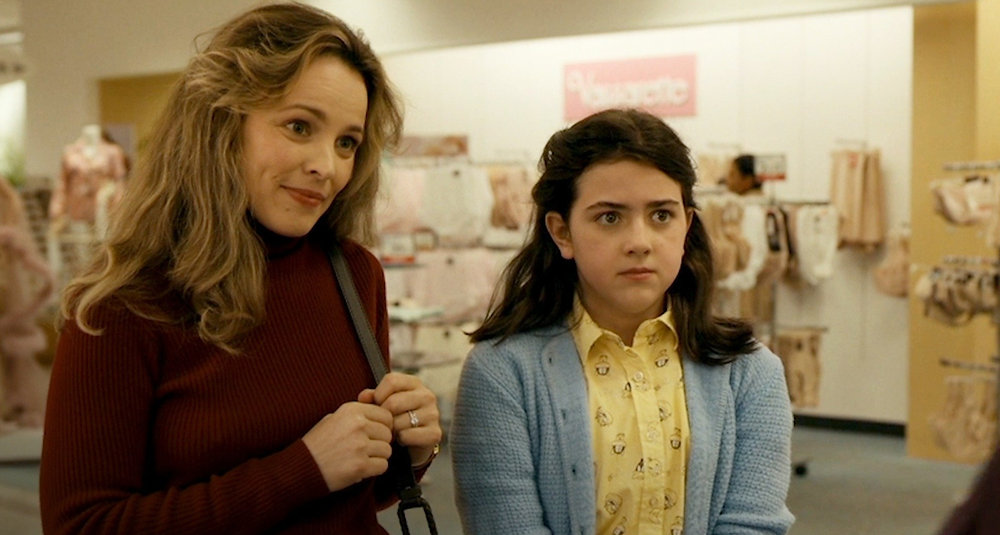How to play hi-res music and lossless audio on your iPhone
You CAN play 24-bit/192kHz tunes on an Apple smartphone
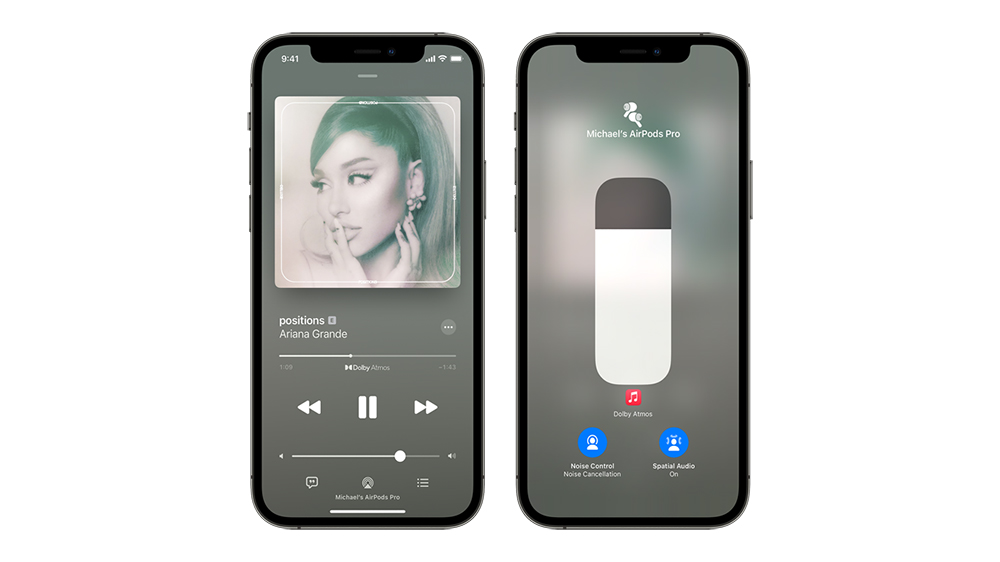
Historically, the relationship between the iPhone and hi-res music over the years has been a complicated one. It’s a shame, because we’ve always found iPhones to be among the best smartphones where sound quality is concerned.
Apple has never really pushed the notion of playing high-resolution audio on its smartphones and users have had to rely on workarounds to get their iPhones to play nicely with hi-res files.
Times have changed, however. Thanks to the emergence of music streaming services armed with tens of millions of hi-res tracks, it’s actually never been easier to get hi-res music onto your iPhone. In fact, Apple is positively encouraging it, thanks to the arrival of Lossless and Hi-Res Lossless tracks on its Apple Music streaming service.
So the job of getting hi-res music on your iPhone has become easier, but what about playing it? Being able to enjoy multiple flavours of hi-res audio is possible, but depending on the quality of the files or streams you want to play, there can be a bit of extra work involved. Allow us to explain...
- High-resolution audio: everything you need to know
What music files can your iPhone play?
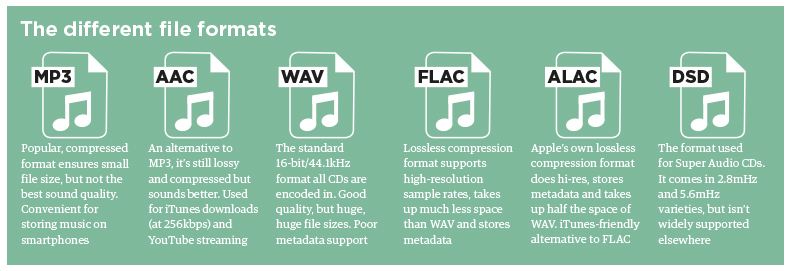
Let’s start with what the iPhone can do out of the box. According to Apple’s own specs, it can play MP3, AAC, ALAC, WAV and AIFF audio files. The iPhone also supports FLAC files, but only through Apple’s Files app. This was introduced as part of iOS11, which launched in 2017. There is no native support for DSD.
How do I transfer hi-res files to my iPhone?
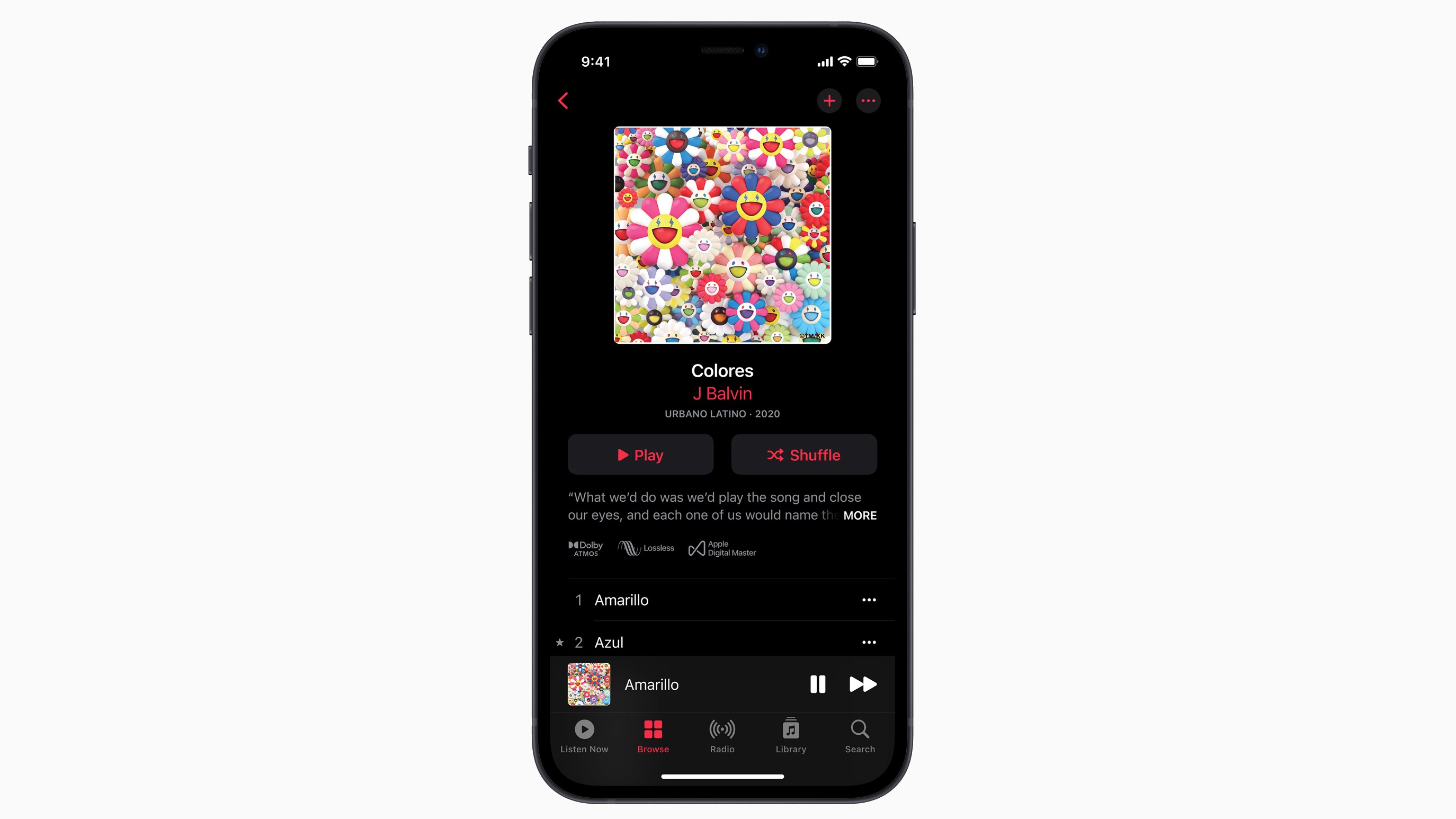
Before the advent of hi-res music streaming services, hi-res files would normally be stored on a computer, and you’d need to employ a third-party app such as Vox or Onkyo HF player to play them back on your smartphone. This would involve dragging and dropping files from your Mac laptop or desktop to these apps on your iPhone.
However, the likes of Apple Music, Tidal and Amazon Music HD all offer iOS apps, allowing you to either stream hi-res music through the iPhone directly or download and store hi-res files through these apps onto your iPhone. This means they’re available to listen to “offline” i.e. when you don’t have any wi-fi or mobile network access.
Can you listen to hi-res audio on an iPhone over Bluetooth?
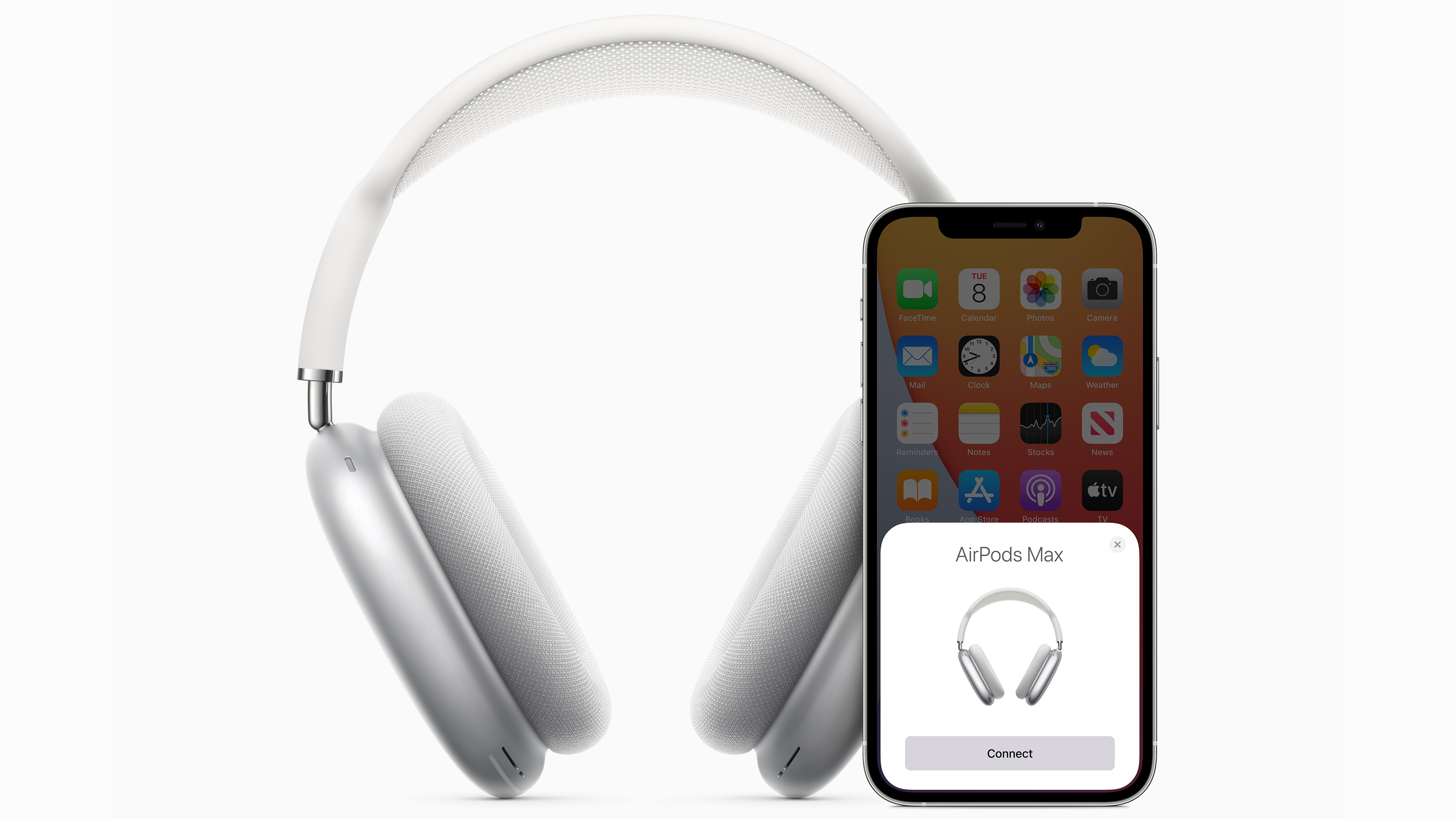
The removal of the 3.5mm headphone jack has pushed people more towards wireless headphones such as the AirPods 3 and AirPods Max. The only problem here is that you can’t transmit full-fat hi-res audio over Bluetooth, full stop.
Some formats such as aptX HD Bluetooth and LDAC allow for hi-res files to be streamed wirelessly between compatible devices – but not without compression. The former supports audio at 24-bit/48kHz, but uses compression and has a maximum data rate of 576kbps. The latter supports up to 32-bit/96kHz over Bluetooth but only with a data rate of 990kbps. Both of these are lower than the data rate of CD (1411kbps), which isn’t technically hi-res.
Even if these Bluetooth codecs did fully support hi-res, not even the latest iPhones support them anyway. iPhone supports Apple's own AAC Bluetooth codec and, like any other codec, cannot transmit hi-res music losslessly (i.e. without compression).
So how can the iPhone play hi-res music?
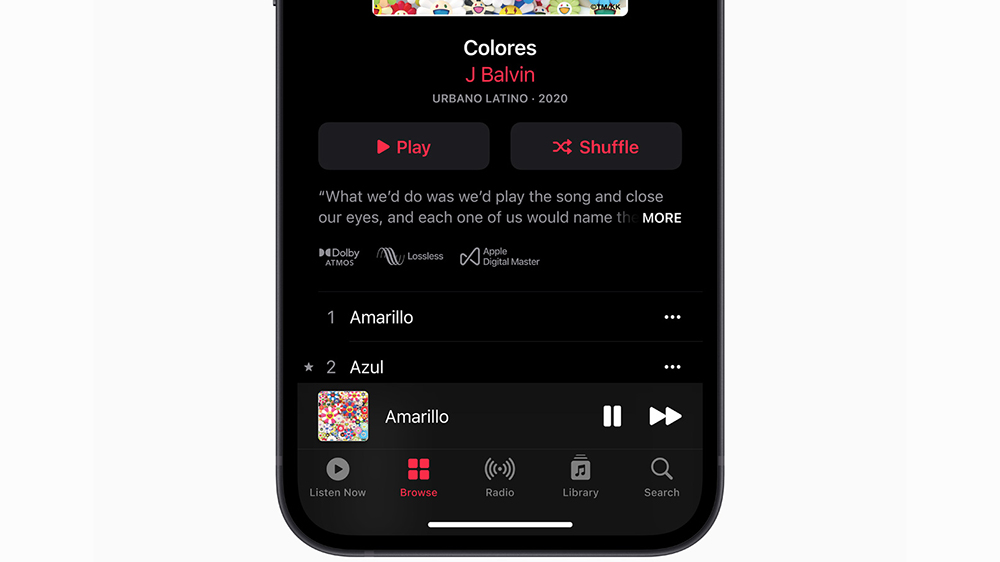
If you want to play hi-res music you are limited by the DACs inside Apple’s devices.
To listen via a pair of wired headphones, you need to use Apple’s Lightning-to-3.5mm adapter which is limited to supporting 24-bit/48kHz.
Technically, 24-bit/48kHz is classed as hi-res as it's above 'CD quality's 16-bit/44.1kHz, but some tracks from the aforementioned streaming services will be 24-bit/96kHz or even 24-bit/192kHz. If you try and play these files through the same adapter, the iPhone will just downsample them to 24-bit/48kHz.
Similarly, you could go down the Lightning headphones route and plug a pair straight into your iPhone, but these headphones are quite rare and you’ll also need to check what resolution their DAC can handle. We haven’t come across any that can handle above 24-bit/48kHz.
Really, if you want to listen to anything at 24-bit/96kHz or higher, you need to connect your iPhone to an external DAC...
What do you need to play hi-res on your iPhone?
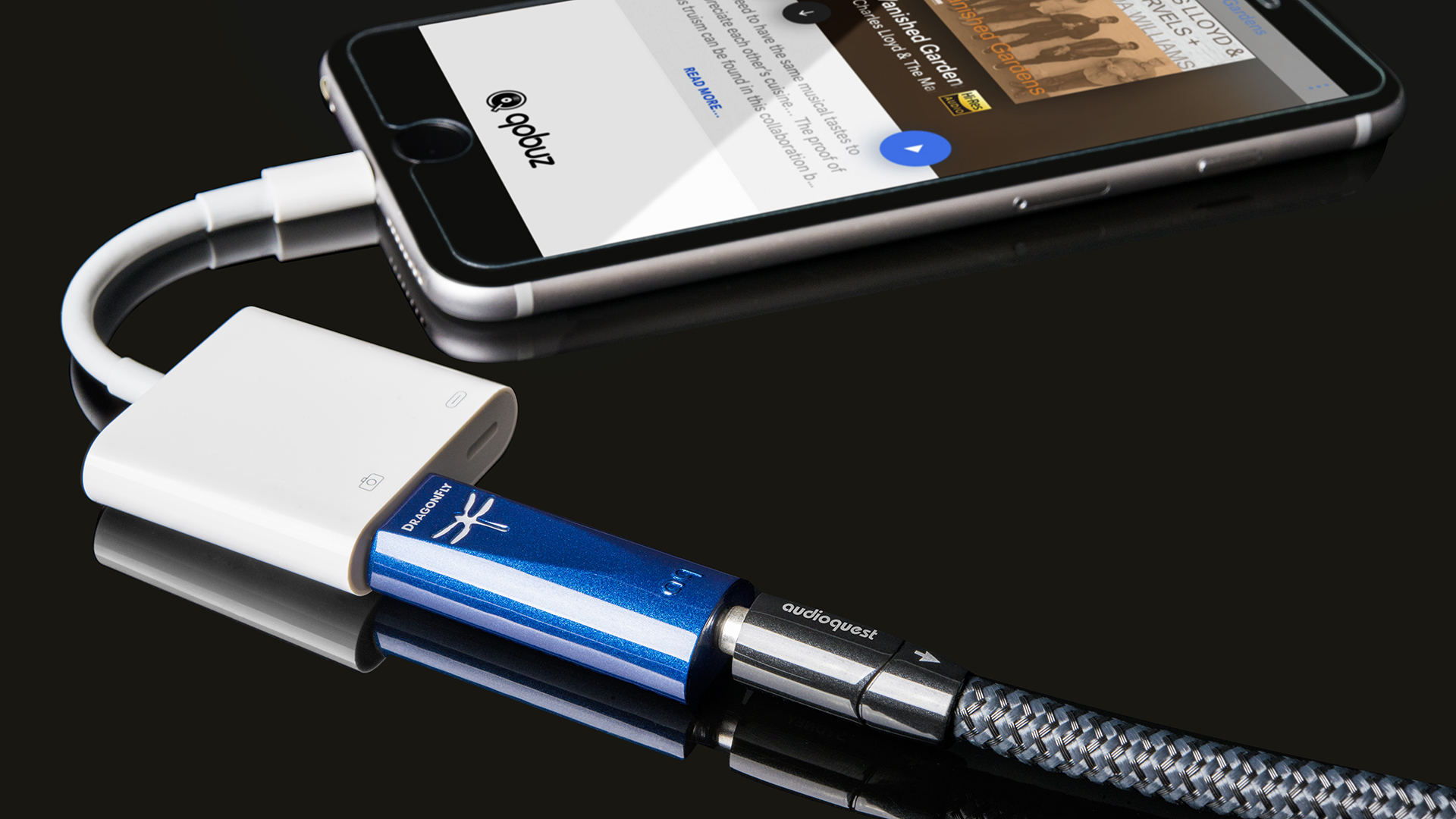
First, you’ll need to invest in Apple’s Lightning-to-USB camera adapter which forms a link between your iPhone and a third-party DAC.
Next, you need a decent DAC such as the Audioquest DragonFly Cobalt, Cyrus soundKey or Chord Mojo 2 and a good pair of headphones, such as the Grado SR325x, Shure Aonic 3 or Beyerdynamic DT 700 Pro X.
This is just a starting point, of course. Don’t be afraid to build up to a more revealing system. You could combine the Chord Hugo 2 DAC with a pair of Beyerdynamic T1 (3rd Generation) headphones for a more premium set-up. That might be a touch overkill and punishingly transparent for an iPhone, but these are hi-res files, after all.
Remember, a number of these DACs usually have ways of indicating what sample rate is being played, so you can make sure your headphones are being fed the best sound quality possible from your files.
Of course, we’ll be the first to admit that connecting external kit to your iPhone 13 isn’t the most elegant solution, but if you want to hear the full original resolution of your hi-res files through your iPhone above and beyond 24-bit/48kHz, using an external DAC with your iPhone really is the only way to go.
Will that be the case forever? We hope not. With rumours of iPhones switching from a Lightning port to USB-C refusing to go away, we have pondered whether this will change things or increase support to, say, 192kHz? Directly, it won't – a connection is a connection and it’ll come down to whether Apple allows the DACs inside its future iPhones and/or adaptors to passthrough higher than 48kHz sample rates uncompressed. That said, the switch to USB-C could have indirect implications on how we consume higher-quality music on iPhones.
Ever since Apple started offering hi-res streams on Apple Music, we have wondered why Apple hasn’t cashed in and launched its own DAC – one of a higher quality than its fundamentally crude Lightning-to-3.5mm adapter (which is essentially a DAC and low-power amplifier that arguably acts as more of an 'enabler' than an 'improver'). Perhaps the ‘Apple DAC’ pot is already brewing, waiting for the USB-C switch. Apple will surely develop its own Lightning-to-USB-C adapter to cover its billion+ legacy devices out there, but perhaps there is an opportunity for something better too.
As for existing third-party USB-C DACs, that could well be one less adapter (and bit of bulk) required for them to fit into a new iPhone – that is, if Apple allows them to play ball with iPhones from a software and power current point of view, which has been a hurdle for some supporting iPhones in the past.
- Apple Lightning headphones: everything you need to know
- Our pick of the best iPhones for picture and sound
- Check out the best iPhone deals
Get the What Hi-Fi? Newsletter
The latest hi-fi, home cinema and tech news, reviews, buying advice and deals, direct to your inbox.
Andy is Deputy Editor of What Hi-Fi? and a consumer electronics journalist with nearly 20 years of experience writing news, reviews and features. Over the years he's also contributed to a number of other outlets, including The Sunday Times, the BBC, Stuff, and BA High Life Magazine. Premium wireless earbuds are his passion but he's also keen on car tech and in-car audio systems and can often be found cruising the countryside testing the latest set-ups. In his spare time Andy is a keen golfer and gamer.
-
Deep13 I am using Fiio btr5 as usb dac on my ipad pro 2018 & Galaxy S9+. On ipad usb connection btr5 says 44.1khz and with Galaxy S9+ it says 384khz. I am tring to figure out how to enable ipad usb connection to stream music at 384khz. Using Tidal on both, playing the same song 'Mr Self Destruct' by 'Nine inch Nails' master quality audio album on tidal, btr5 with ipad says 88 khz and with galaxy s9+ says 192 khz, why is this difference?Reply
Sound wise galaxy s9+ bass imact is less than ipad and sounds seems more clear and soothing on s9+ comparitively, both connected usb with btr5.
So i confused if usb connection is using only btr5's dac why is there difference sample rate? -
kingu Just tested on my ipad pro 11" 2020, I can play FLAC files directly from the files app. Not the greatest experience, but it works.Reply
The really nice thing is I could add the files directly using a flash drive instead of using itunes. -
JamesH Hi I have read elsewhere that iOS 11 supports FLAC. Do you or anyone else know if this means that I can now play FLAC / high res music on Qobuz on my iPhone 7. Or do I need a new SE, or another new model iPhone? All the best, James. Good article wasn't it?Reply -
JennaChaplin This article needs updating. Big Sur does not have iTunes at all. So far, I have spent $16 on Onkyo HF and I can find no way to get anything into the HD folder and no way to transfer flac or anything else that isn't Apple format. I did convert a few flac files to aiff but when I synced they went into the iPod folder, not the HD folder even though the files are 96/24. Also, 'apps' no longer appears in the Finder sidebar and there is no 'file sharing' (other than 'family') either. Onkyo provide zero support so now I'm wondering if I can get my $ back.Reply -
JennaChaplin I just got the answer a few minutes ago - you do it with AirDrop and then you can choose to put your flac (or whatever) files in Onkyo HF. It works. Phew. Onkyo should post this themselves.Reply -
Richard van Enteren Reply
Thanks for sharing the solution and very neath to do so. Enjoy your hi-res adventure 😎😉.JennaChaplin said:I just got the answer a few minutes ago - you do it with AirDrop and then you can choose to put your flac (or whatever) files in Onkyo HF. It works. Phew. Onkyo should post this themselves. -
shuffer It should be noted (or updated in the article) that lossless CD quality is achievable well below 1411kbps with FLAC (or equivalent) compression. Most of my songs run between 400-750kbps and I believe the streaming services that report such specs cap out CD-quality at 850kbps.Reply
FLAC is not audio encoding; it's basically file compression and once unpacked is identical to the original file. As far as I can tell, LDAC headsets perform this unpacking within the headset when audio quality is set to 'best'.

